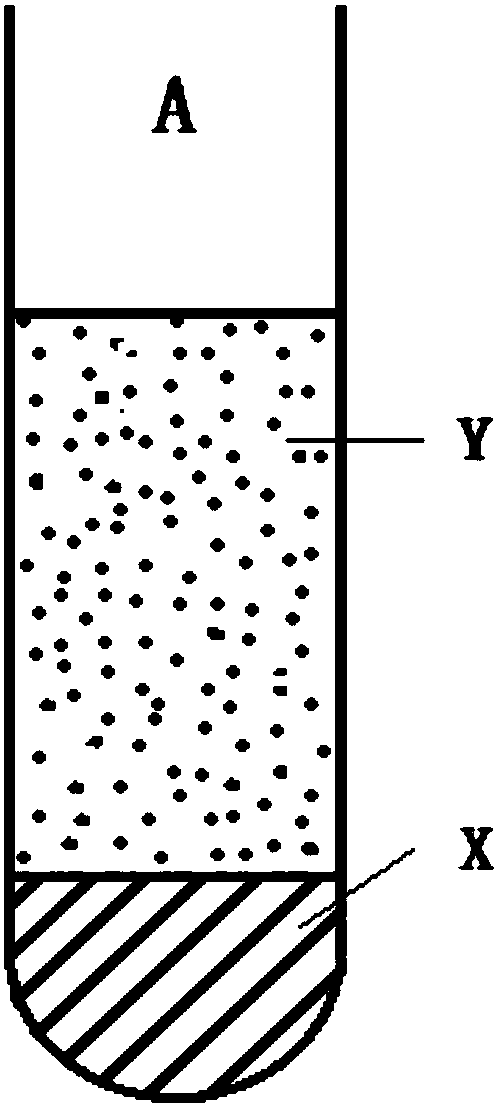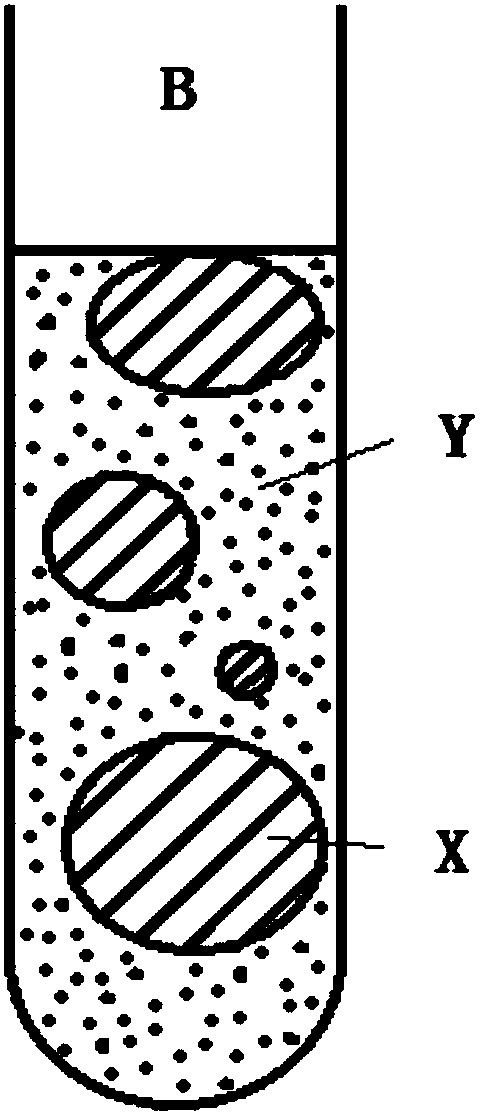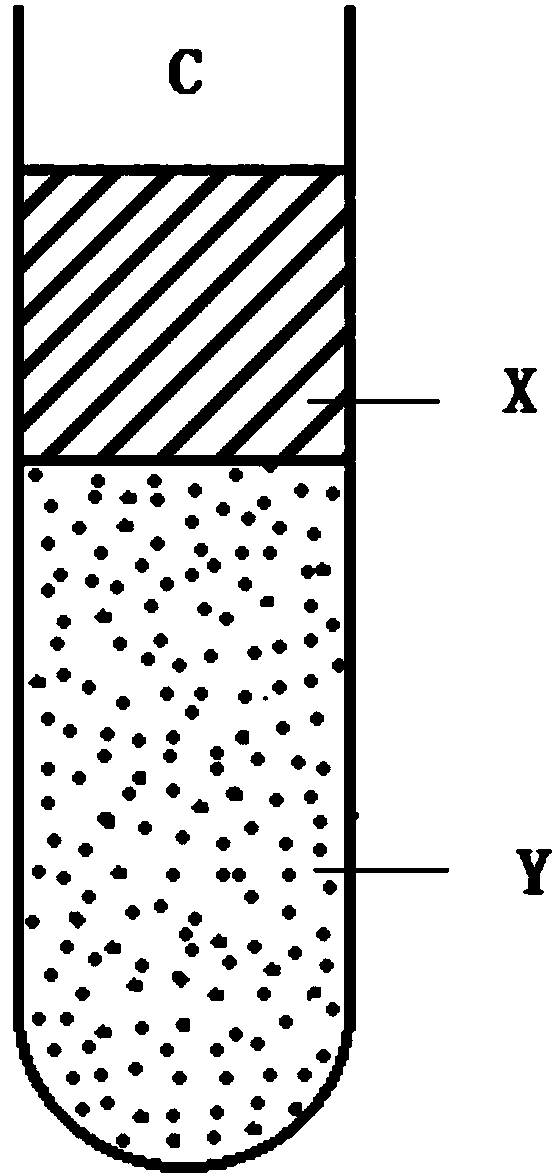Liquid chromatographic detection method of polycyclic aromatic hydrocarbons in edible oil
A technology of polycyclic aromatic hydrocarbons and liquid chromatography, which is applied in the field of food safety testing and can solve problems such as low recovery, no recovery, and poor retention
- Summary
- Abstract
- Description
- Claims
- Application Information
AI Technical Summary
Problems solved by technology
Method used
Image
Examples
Embodiment 1
[0056] Example 1, a liquid chromatography detection method for polycyclic aromatic hydrocarbons in edible oil. The edible oil in this example is first-grade soybean oil. The precision and accuracy of the verification method includes the following steps:
[0057] 1) Extraction: Weigh 2g samples each into six 50ml clean centrifuge tubes, add 0.1ml standard working solution to each centrifuge tube, add 2ml acetonitrile-saturated n-hexane to dissolve soybean oil, then add 20ml n-hexane-saturated acetonitrile , shake for 3 minutes, freeze at 0°C for 5 minutes and centrifuge, transfer the acetonitrile layer to a 100ml eggplant-shaped bottle, repeat the above extraction steps with 20ml of n-hexane-saturated acetonitrile for the remaining n-hexane layer, combine the acetonitrile layer into an eggplant-shaped bottle, and obtain the extract .
[0058] 2) Concentration under reduced pressure: Concentrate the extract obtained in step 1) under reduced pressure in a water bath at 40°C to ab...
PUM
 Login to View More
Login to View More Abstract
Description
Claims
Application Information
 Login to View More
Login to View More - R&D
- Intellectual Property
- Life Sciences
- Materials
- Tech Scout
- Unparalleled Data Quality
- Higher Quality Content
- 60% Fewer Hallucinations
Browse by: Latest US Patents, China's latest patents, Technical Efficacy Thesaurus, Application Domain, Technology Topic, Popular Technical Reports.
© 2025 PatSnap. All rights reserved.Legal|Privacy policy|Modern Slavery Act Transparency Statement|Sitemap|About US| Contact US: help@patsnap.com



